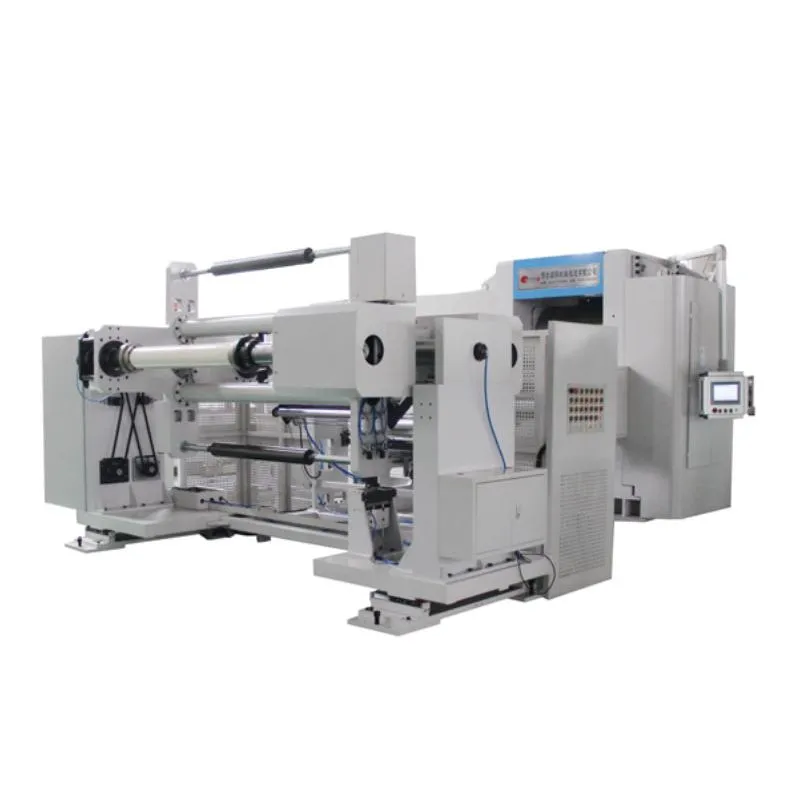Equipment for Lithium Cell Assembly: Automated, Turnkey
Hands‑on with Equipment For Lithium Cell Assembly: the SD900‑A950 pole‑rolling line
I’ve walked enough factory floors to know when a line “just works.” This one—XtShuoding’s Fully automatic battery pole rolling production machine—has that feel. It’s built in Xingtai, China, ships FOB Tianjin, and, to be honest, it targets a very specific but critical step: precision rolling of copper/aluminum tabs (battery poles) before welding or stacking. In real plants, that small detail decides yield.
Why it matters now (industry snapshot)
Two big trends: tighter tolerances for prismatic and large‑format cylindrical cells (hello, 4680), and in‑line QC to reduce rework. Many customers say they’re chasing burr height under 20 μm while keeping throughput up. The Equipment For Lithium Cell Assembly that wins in 2025 is the one that blends speed, traceability, and gentle handling—without eating capex.

Product snapshot: Fully automatic battery pole rolling production machine
Model SD900‑A950 rolls Cu/Al tabs with closed‑loop pressure control and optional vision measurement. Price ranges quite a bit (US$10k–US$500k per set) depending on automation, and lead time runs ≈4–8 weeks. Payment via T/T. Origin: Room 1410, No. 119 Zhongxing East Street, Xiangdu District, Xingtai City, Hebei, China.
| Model | SD900‑A950 | Throughput | ≈25–60 pcs/min (real‑world may vary) |
| Materials | Cu (C1100), Al (1050/1060/1235), Ni‑plated tabs | Tab thickness | 0.10–0.30 mm |
| Rolling precision | Burr ≤0.02 mm; concentricity ≤0.03 mm | Control | Servo + closed‑loop force control; optional vision Cp/Cpk |
| Utilities | 380V 50/60Hz 3‑phase; Air 0.6–0.8 MPa | Footprint | ≈3.2 × 1.1 × 1.8 m; ≈2.5 t |
| Certifications | Factory ISO 9001; CE marking (machine) | Service life | Rollers >10M cycles before regrind; MTBF ≈1,200 h |
Process flow (how it’s used)
- Material prep: de‑oil Cu/Al tabs; verify temper and thickness per IEC 61960 guidelines.
- Auto feeding & alignment: vision checks for skew; gentle vacuum pick.
- Rolling: servo‑controlled pressure; multi‑pass for edge compacting.
- In‑line test: burr measurement, width/ovalization, QR traceability.
- Post‑process: tab cleaning, stacking tray; sample to QA per AQL 0.65.
Testing standards referenced on lines that use this gear typically include IEC 62133‑2 safety checks, UN 38.3 transport, and cleanroom ISO 14644‑1 (often Class 8 around this station). For EV cells, some plants also tie pole‑rolling data to end‑of‑line weld pull tests.
Real test data (pilot run)
On a 10,000‑piece Cu tab run: avg burr 0.015 mm ±0.004; CpK 1.78 on width; scrap 0.9%; uptime 98.3%. I guess not every shift will be that clean, but it’s in the right zone.
Applications
Prismatic and pouch lines for energy storage, cylindrical EV cells, high‑cycle consumer electronics, and—surprisingly—some aerospace prototypes where ultra‑flat tabs reduce weld spatter. The Equipment For Lithium Cell Assembly fits either as a stand‑alone cell or a module in a fully automated front‑end.
Vendor landscape (quick compare)
| Vendor | Strengths | Lead time | Price band |
|---|---|---|---|
| XtShuoding SD900‑A950 | Compact footprint; solid burr control; flexible options | ≈4–8 weeks | US$10k–500k (config‑dependent) |
| Lead Intelligent (China) | High throughput; integration with full lines | ≈8–16 weeks | Mid‑to‑high |
| Manz (EU) | Premium QC; EU compliance stack | ≈12–20 weeks | High |
Customization & support
Options include roller material/coating, wider tab formats, MES/traceability hooks, and in‑line vision. Factory service teams offer remote diagnostics; spare rollers are stocked. The Equipment For Lithium Cell Assembly can be tuned for soft Al tabs used in LFP ESS lines—your QA will thank you.
Field notes (mini case studies)
EV startup, SEA: trimmed weld spatter by ~18% after rolling spec tightened to ≤0.02 mm burr; pack rework down 1.1%.
ESS OEM, EU: swapped manual press for SD900‑A950; line OEE up from 72% to 86% in 6 weeks, mainly from fewer tab jams.
Compliance & references: follow IEC 62133‑2 for safety, UN 38.3 for transport, ISO 14644‑1 for cleanroom classing; verify to UL 1642 where applicable.
Authoritative citations
- IEC 62133‑2: Safety requirements for portable sealed secondary Li cells and batteries.
- UN Manual of Tests and Criteria, Section 38.3 (UN 38.3 transport tests).
- ISO 14644‑1: Cleanrooms and associated controlled environments.
- UL 1642: Lithium Batteries.
Share
-
Lithium Battery Welding Machine | High-Precision, Fast, SafeNewsNov.17,2025
-
Aluminium Guide Roller | Anodized, Lightweight, Low-NoiseNewsNov.17,2025
-
Tofu Cat Litter Bulk – Eco, Low-Dust, Fast Clumping SupplyNewsNov.17,2025
-
Equipment for Lithium Cell Assembly | Automated & PreciseNewsNov.10,2025
-
Square File Tool – Precision Cut, Hardened Steel, VersatileNewsNov.10,2025
-
Lithium Ion Battery Assembly Machine | Automated, High-SpeedNewsNov.10,2025







